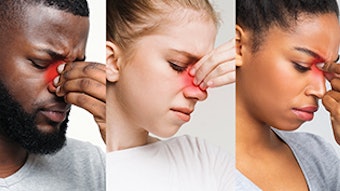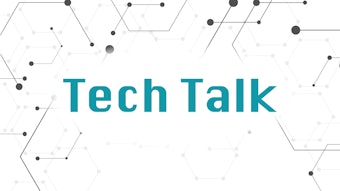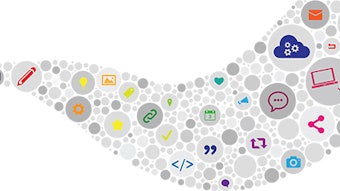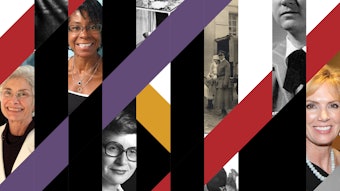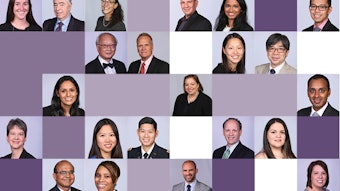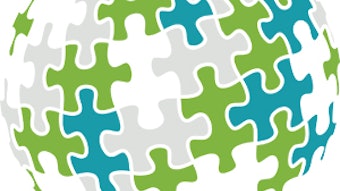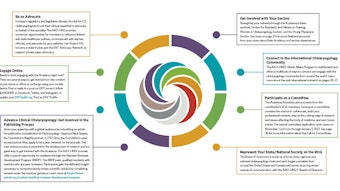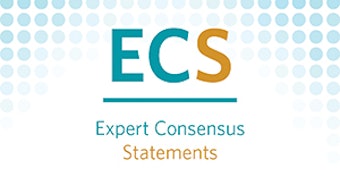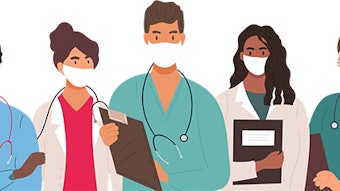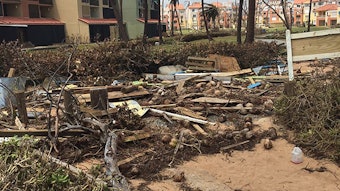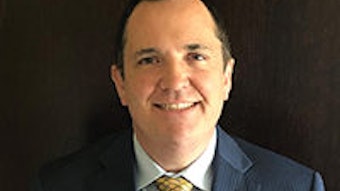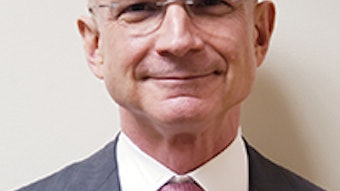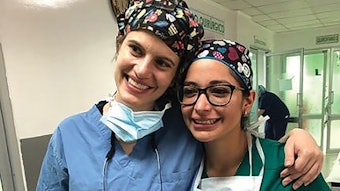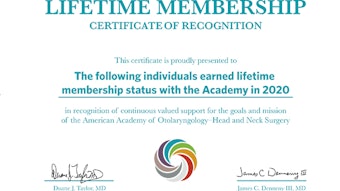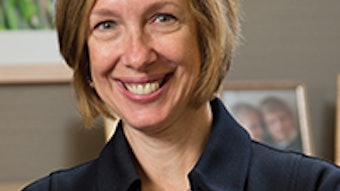Walking a Mile with Empathy
The significant consequences that the COVID-19 pandemic, accompanying economic uncertainty, and social unrest have unleashed on physicians and other healthcare providers has been well described and frequently discussed. These additional stressors have added to a previously escalating wellness issue broadly affecting the healthcare provider community as described in several recent presentations at our Virtual Annual Meeting.
The significant consequences that the COVID-19 pandemic, accompanying economic uncertainty, and social unrest have unleashed on physicians and other healthcare providers has been well described and frequently discussed. These additional stressors have added to a previously escalating wellness issue broadly affecting the healthcare provider community as described in several recent presentations at our Virtual Annual Meeting.
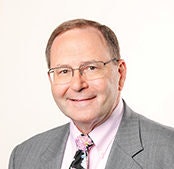 James C. Denneny III, MD
James C. Denneny III, MDAAO-HNS/F EVP/CEO
It is important to recognize that this phenomenon is not limited to any single industry but affects individuals from all walks of life and circumstances worldwide. These include our patients, staff, colleagues, family and friends, and those who we will never know or meet. The resilience of the human spirit is being severely challenged by the repeated, unrelated, and unexpected traumas so many people have experienced during 2020. The additive and diverse nature of these unforeseen events is particularly devastating to those with limited resources and support networks.
Depending on the stage of life and family circumstances, individuals and families may have faced considerably variable experiences both directly related to or as a consequence of COVID-19, social turmoil, severe environmental events, and previously existing underlying health problems. The onset of the pandemic brought a palpable fear to the population specifically related to catching the disease, potential morbidity of the virus, how can they protect themselves and their families, economic worries due to job and health insurance loss, isolation due to quarantine with loss of community and social interaction, persistence of the pandemic, and the constant negativity of information outlets.
Following that, health access problems specific to underrepresented minorities, a series of police-related deaths of Black Americans, prolonged violent and destructive demonstrations and social unrest, the ramping up of pre-election political rhetoric, and the extreme division within the country all serve to heighten fear, grief, anger, and sadness. Topping that off has been extreme environmental conditions such as the unprecedented fires in the western United States and multiple hurricanes early in the season. Individuals and families with school-age children have had to deal with the closure of schools during the early phase of the pandemic that necessitated childcare adjustments and education interruption. In many areas in-person education has not resumed for the current school year and parents are now additionally responsible for education that they have no training to provide using unproven systems, particularly for younger children.
The uncertainty of “what is going to happen to me next” after a series of events that they had no control over from a causative or preventative perspective is terribly unnerving and depressing. This is heightened by the disturbing observation that the end of many of these stressors is not yet in sight. The greater the number of stressors an individual has been subjected to, the more difficult recovery becomes.
When we are interacting with these individuals as patients, members of the healthcare team, or through casual contact, it is important to remember the significant changes they have experienced and that each will be coming from a unique place, as are you. The medical condition that they are seeing you for brings another independent worry in addition to everything else going on and likely will affect their ability to comply with all aspects of recommended care due to economic and time considerations. Patients need and will appreciate your recognition and understanding of their individual situations while providing empathetic care customized for their specific needs. Now more than ever we will benefit from “walking a mile in someone else’s shoes” as we all try to recover from the devastating events of 2020.
We are halfway through with our first-ever Virtual Annual Meeting & OTO Experience and over 4,700 attendees have enjoyed a fabulous Opening Ceremony and keynote presentation by Joel Selanikio, MD, in addition to live and on-demand content. I would like to congratulate Mark K. Wax, MD, and the entire Annual Meeting Program Committee working in conjunction with our meetings team on an incredible job under extremely stressful circumstances. I encourage attendees to take advantage of the virtual format and view the 300+ hours of content on the meeting platform through October 31, 11:59 pm (ET).
I am honored to welcome Carol R. Bradford, MD, MS, as this year’s President of the AAO-HNS/F and congratulate her as she takes her new position as dean of The Ohio State University College of Medicine and vice president for Health Sciences at The Ohio State University Wexner Medical Center. We all look forward to her leadership this year and during our upcoming strategic planning process.

